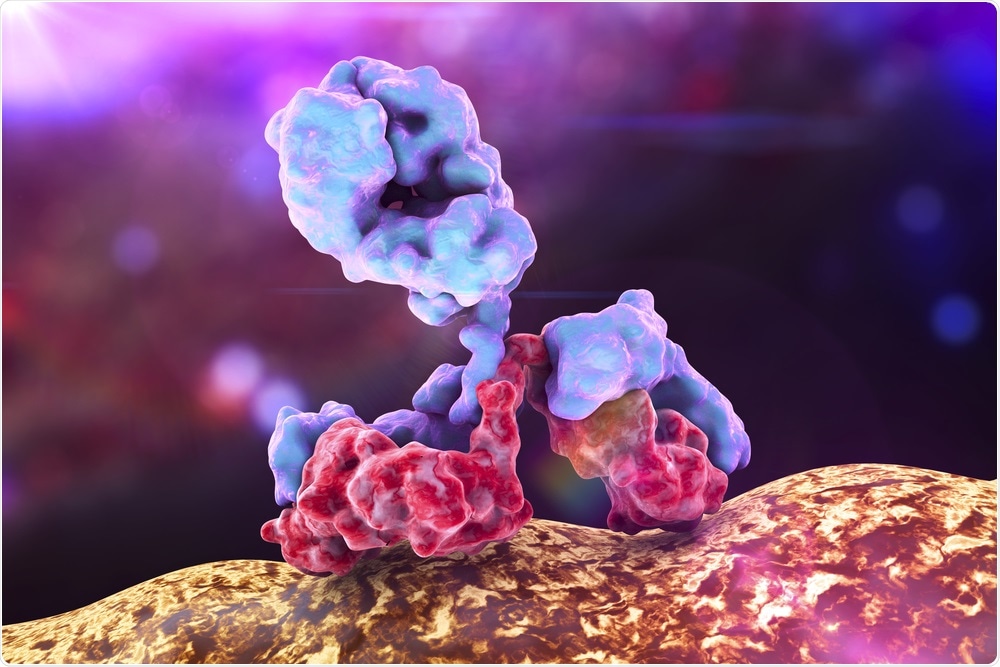The current pandemic of COVID-19 is a highly transmissible one, with high mortality and morbidity among certain population groups such as the elderly and those with coexisting illnesses such as type 2 diabetes and hypertension. The number of confirmed cases globally has crossed 7.34 million, with over 415,000 cases, with the rates of infection still going up rapidly in countries like Russia, India, and Brazil.
Currently, the diagnosis of COVID-19 is based on the RT-PCR test for viral RNA. However, the fact that this test is often positive in individuals without any symptoms suggests that this state is more common in the current outbreak than previously suspected. As of now, most testing is carried out in either symptomatic individuals or known contacts of infected or those who have a history of travel to high-risk regions.
The RT-PCR test can give varying results based on how the assay is done, as well as the workflow of specimen collection, transport, and storage. With all these limitations, many subclinical and asymptomatic individuals may go undetected.
The epidemiology of the illness, the degree of spread, and the development of immunity are only to be understood from studies on the seroprevalence of the infection. This includes testing for IgM and IgG against SARS-CoV-2 as compared to the RT-PCR, due to the more extended period of persistence of antibodies compared to the infection.
The Study – Antibody Survey
The current study tested for Immunoglobulin M (IgM) and Immunoglobulin G (IgG) against recombinant antigens that contained N protein and one peptide from the S protein of the virus, using a validated assay technique. The test was performed in almost 17,400 individuals from four different locations and population groups in China, between March 9, 2020, and April 10, 2020.

Antibody attacking bacterium. Immunoglobulin. Image Credit: Kateryna Kon / Shutterstock
The assay was validated using serum samples taken from 447 patients with end-stage kidney disease, who had been part of another study in pre-pandemic days. It was shown to be over 99% and 100% specific for IgG and IgM antibodies, respectively. Three samples were false positives.
The assay was then repeated in serum samples from 242 patients with COVID-19, of whom 56% (136) patients were male, the median age was 47 years, and 13% (32) patients were classified as severe COVID-19.
Highest Seroprevalence in Wuhan, Fading Outwards
The cumulative seroprevalence of IgM and IgG was 44% and 56%, respectively, on the seventh day from the earliest symptom. By day 16 and day 20, IgG and IgM seroprevalence had reached above 95%. Both antibodies remained above the cutoff value on day 28. Both the early and the higher levels of IgG antibodies to the same viral antigen were present, showing that IgM may not be as valuable as a marker of early infection compared to other viral diagnostic tests.
The survey was then carried out first in different populations in Wuhan, between March 30, 2020, and April 10, 2020. The rate of seropositivity was 3.8% among 714 healthcare workers and 346 hotel staff, but 3.2% among 219 family contacts of the healthcare workers.
The next step was to survey two nearby cities to the west of Wuhan, where the seroprevalence was lower, at 1.3% in almost 3,100 healthcare workers, and 3.6% in 979 hemodialysis patients. Still further west, in another city, the seroprevalence was 3.1% and 3.8% among healthcare workers and outpatients, but only 0.58% in the community survey carried out in the city of Chengdu.
The final leg of the survey was far to the south of Wuhan, with a seroprevalence of 2.8%, 1.2%, and 1.4% among hemodialysis patients, healthcare workers, and factory workers, respectively.
Limitations and Implications
Thus, the pattern of prevalence of seropositivity agrees with the pattern of the spread of the virus out of Wuhan in the early days of the outbreak in China. The highest rates of conversion were for IgG, but a few patients proved to test positive for only IgM or IgG. This implies that both antibodies need to be tested in such a survey.
Thirdly, very few individuals tested positive by RT-PCR, mostly IgG. Both males and females were comparable in terms of seropositivity, but older people had a rate of 2% compared to 1.3% in those below the age of 65 years.
The study was not randomized, making it possible that sampling bias could have occurred. Moreover, the sensitivity of the serological test is a function of test time from the disease onset. This means that the number of false negatives could increase if samples were taken before antibody production began or after it tapered off, leading to a vast underestimation of true seroprevalence.
Finally, this provides a snapshot of seropositivity rather than a dynamic profile of the changing trends in individual antibody titers over time. This type of follow-up will be necessary to evaluate the value of serology in arriving at an accurate estimate of the cumulative infection rate.
The study summarizes, “Serologic surveillance has the potential to provide a more faithful cumulative viral attack rate for the first season of this novel SARS-CoV-2 infection.”